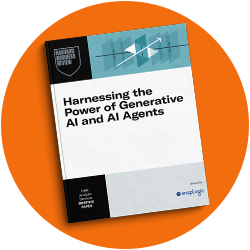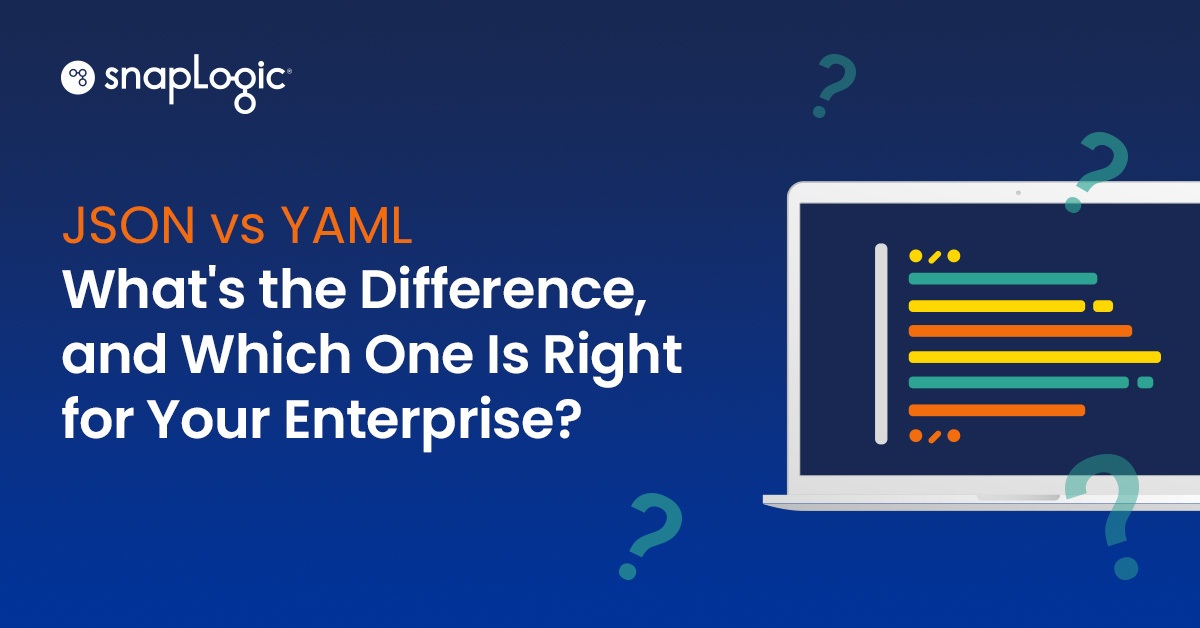Some organizations remain unconvinced of the need for an application programming interface (API) management solution in their technology ecosystem to achieve their business objectives. This is especially true of those that already use an API integration platform as a service (iPaaS) for their digital transformation journey, migrate their legacy systems, and integrate their on-premises or SaaS applications, data, and APIs. Part of the reluctance stems from confusion around what sets the two solutions apart. In fact, some organizations think iPaaS and API integration platforms are used interchangeably. Nevertheless, the fact is API management and iPaaS solutions perform unique functions that are equally critical to succeeding in today’s digital economy. Modern organizations need both.
The interplay of APIs and an iPaaS
An iPaaS lets you exchange data between different systems and increase connectivity across the enterprise so your business users gain access to data. It enables data to flow between on-premises and SaaS applications, data warehouses, IoT devices, data lakes, and other endpoints in your technology stack.
APIs undergird this process. When automating backend systems workflows between, say, your enterprise resource planning (ERP) like Oracle Netsuite and customer relationship management (CRM) systems like Salesforce, a modern iPaaS like the SnapLogic Intelligent Integration Platform enables enterprise automation using integration patterns/workflows and will expose the APIs of each data source using intelligent connectors. In other words, SnapLogic’s API integration platform lets you create APIs and perform API integration.
But API creation and API management are two different things. If you don’t manage the APIs you create, you run the risk of data breaches, business process disruptions, and operational inefficiencies – the origins of which can be hard to pinpoint. What’s more, you fail to capitalize on the revenue potential of your APIs.
What does API management have to do with apples?
Here’s a farming analogy to illustrate my point on APIs.
If a farmer plants an apple orchard, she cannot hope to derive any benefit from it unless she manages the trees (APIs). But if for whatever reason she fails to manage the orchard, a litany of troubles will follow.
As the orchard matures, thieves will creep in and steal ripe apples, pests will wipe out whole rows of trees, and arid patches of soil will cause some roots to wilt and die. And the farmer, unaware of the source of these problems, will have no recourse against them. Nor will the farmer know how to exploit the healthy trees and increase her revenues (digital economy).
What’s more, should a cider-maker come along wanting to buy apple trees wholesale, the negotiations would flame out before they’d even begun, leading to poor customer experience. After all, no one wants to partner with a supplier who doesn’t manage their orchard of unhealthy trees.
What sets an API management solution apart from a traditional iPaaS?
In the same way, if you want to turn the APIs you create with your iPaaS into a profit-generating digital ecosystem, then you must manage your API orchard.
The first step in gaining sovereignty over your APIs is to understand the capabilities that set an API management solution apart from a traditional iPaaS. Bear in mind, the two solutions need not – and frankly, should not – exist in isolation.
The following are five distinct capabilities of an API management solution.
1. API control and governance. An API management solution helps you avoid disruptions to your API processes through features like rate-limiting (or, traffic throttling) and load balancing. Rate limiting allows you to limit the number of API requests made to certain APIs in a specified time frame and limit reuse of certain APIs. Load balancing enables you to leverage multiple gateways for a single API so that when a flurry of API requests comes in, you can distribute the workload across the various gateways. Both features reduce lag times and prevent system failures in your API processes.
2. API gateway. API gateways regulate who and what can access your APIs through user authentication. They protect your data and API infrastructure by repelling unauthorized users. They also spur innovation, expedite business processes and workflows, encourage reuse of APIs, and create a fluid customer experience by granting quick entry to developers, partners, and customers.
3. API developer portal. A robust developer portal provides developers with the resources they need to rapidly create cloud applications or web services with your APIs. Such resources could include API reference documentation, OpenAPI specifications, use cases, demo videos, and other materials to help developers understand the API capabilities and controls quickly. Developers gain insights on how to quickly apply your APIs to their projects. A developer portal can help drive innovations and increase reuse of your APIs that in turn create new digital revenue channels for you.
4. API lifecycle management. An API management solution provides all the tools and infrastructure for planning, designing, implementing, testing, publishing, operating, consuming, maintaining, versioning, and retiring your APIs. It also allows you to version control your APIs so that developers using your APIs have access to the latest version to minimize business process disruptions and implement them in their applications and services if they desire. Controlling all the key stages your APIs in a single lifecycle API management solution radically boosts your productivity in building and overseeing your digital ecosystem.
5. API insights and reporting. An API management solution provides API analytics so you can see and act upon lucrative opportunities in your API landscape. API reporting also enables you to spot and resolve problems before they spiral out of control. You can monitor API performance in real-time, view dashboards of usage trends, segment data across multiple dimensions, detect threats, and more. You can gain insights on which APIs gain the most traction and which new APIs to create. Having access to timely, in-depth analytics is essential to your API strategy.
An iPaaS serves as a necessary and powerful foundation for building a modern, cloud-centric data architecture. It increases connectivity across the enterprise with application and data integrations and business process automation. But it can only get you so far. If you want to build a full-fledged digital ecosystem, one where partners, developers, and internal stakeholders create applications and microservices with your APIs that yield profits for years to come, then consider adopting an API management solution.
Ideally, your technology ecosystem would benefit by leveraging an iPaaS that offers API management capabilities and functionalities on the same platform. Indeed, if you can integrate disparate technologies, including on-premises and cloud applications and data, automate business processes and workflows, create APIs, and manage the API lifecycle all with one unified API integration platform, then your API orchard will surely bear fruit in abundance.
Learn how to reap the benefits of a universal API integration platform with iPaaS and API management capabilities in the white paper, “API 101: Modern technology for creating business value.”









